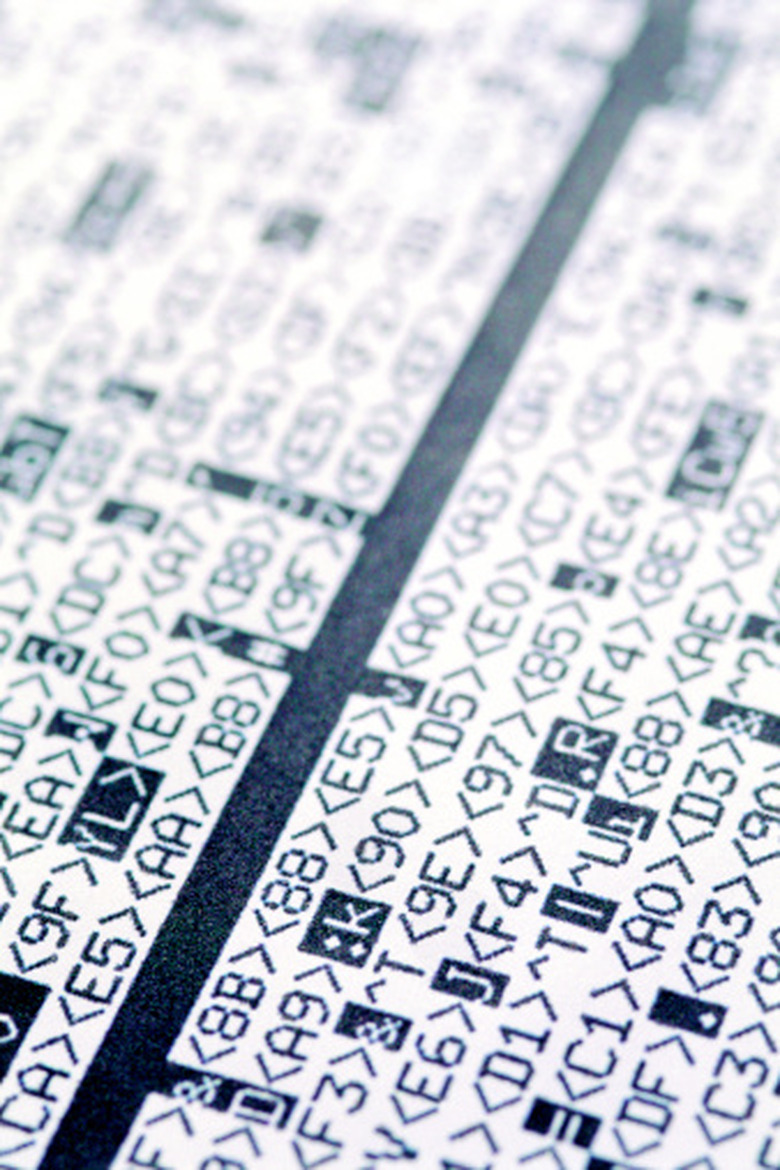How To Make A Dot Plot Graph
A dot plot is a graphing utility showing the frequency of different pieces of quantitative data in a set. Using a dot plot is ideal for small sets of data. It is similar to a bar chart, quickly showing you the mode of a set of data, but is different in that a data set does not need to be sorted in order to quickly create a graph. It is a good tool for changing data sets, as it is easy to add and delete data from a dot plot.
Step 1
Find the minimum and maximum value in your data set. The minimum value is the smallest value in the set, the maximum value is the largest.
Step 2
Draw a number line from the minimum value to the maximum value, incrementing evenly, based on your set of data. For instance, if your data only includes integers between 10 and 14, the number line would only need to list 10, 11, 12, 13, 14. Increment in decimals if your data includes decimals.
Step 3
Place a dot above the number on the number line for each number in your data set. If there is already a dot above the number, add an additional dot above the existing one. When you finish, there should be a dot on the graph for each piece of data in the data set.
References
Cite This Article
MLA
Friesen, Michelle. "How To Make A Dot Plot Graph" sciencing.com, https://www.sciencing.com/make-dot-plot-graph-8519210/. 24 April 2017.
APA
Friesen, Michelle. (2017, April 24). How To Make A Dot Plot Graph. sciencing.com. Retrieved from https://www.sciencing.com/make-dot-plot-graph-8519210/
Chicago
Friesen, Michelle. How To Make A Dot Plot Graph last modified March 24, 2022. https://www.sciencing.com/make-dot-plot-graph-8519210/
